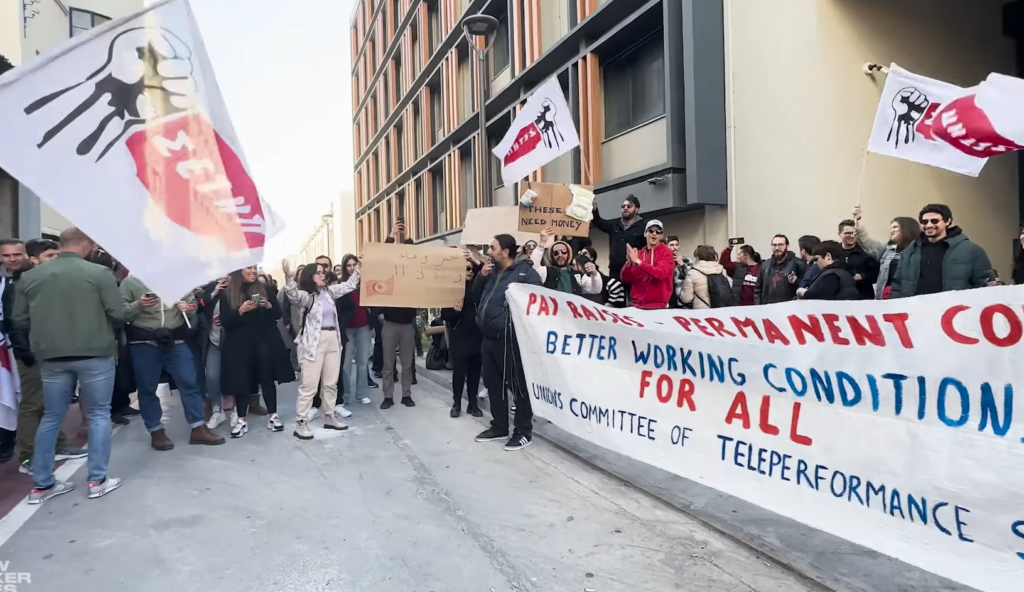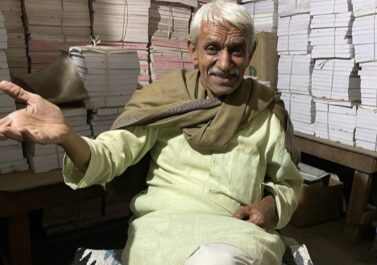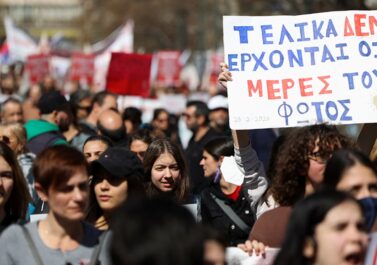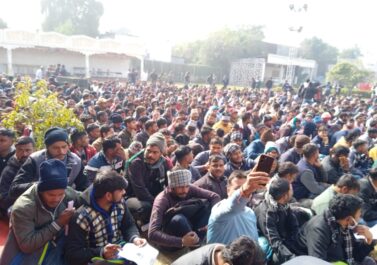
Comrades from Greece sent us this short report – up the workers!
“The reason we are reaching out is to help bring a more international perspective to this movement of workers in call centres, as it carries beautiful and meaningful characteristics that deserve attention and support. Their struggle is a new example of organising workers in the service sector under remote working conditions. Their struggle proves in practice that the exploited have common interests regardless of race, gender or religion. In the last year, TP workers have created a multi-ethnic community with the aim of improving of their class position, which is of particular value at a time when militarism and nationalism are gaining ground in European societies. Their struggle brings to the surface the dispossession of living labour for profit as a fundamental process of reproduction of capitalist society. The imposition of exploitative relations is mystified and concealed by the bosses and governments. Their demand for the signing of a Collective Labour Agreement opens the way for collective bargaining in other private companies.”
LINKS
Discussion with a member of the Workers’ Union at Teleperformance
https://www.youtube.com/watch?v=572rLrOZFbI
https://taksiki-autonomia.net/struggle-at-the-call-centers-discussion-with-a-member-of-the-workers-union-at-teleperformance/
Block the retaliatory layoffs at Teleperformance
https://taksiki-autonomia.net/block-the-retaliatory-layoffs-at-teleperformance/
ENOUGH IS ENOUGH! For the Struggle at Call Centers (Webhelp, Foundever, TTEC, Teleperformance)
https://taksiki-autonomia.net/enough-is-enough-for-the-struggle-at-call-centers-webhelp-foundever-ttec-teleperformance/
Report from the strike gathering at Teleperformance [23/12] Via the union’s Facebook profile
https://web.facebook.com/profile.php?id=61565884799453
In solidarity,
KTA – Movements for Class Autonomy
Athens, December 2024



